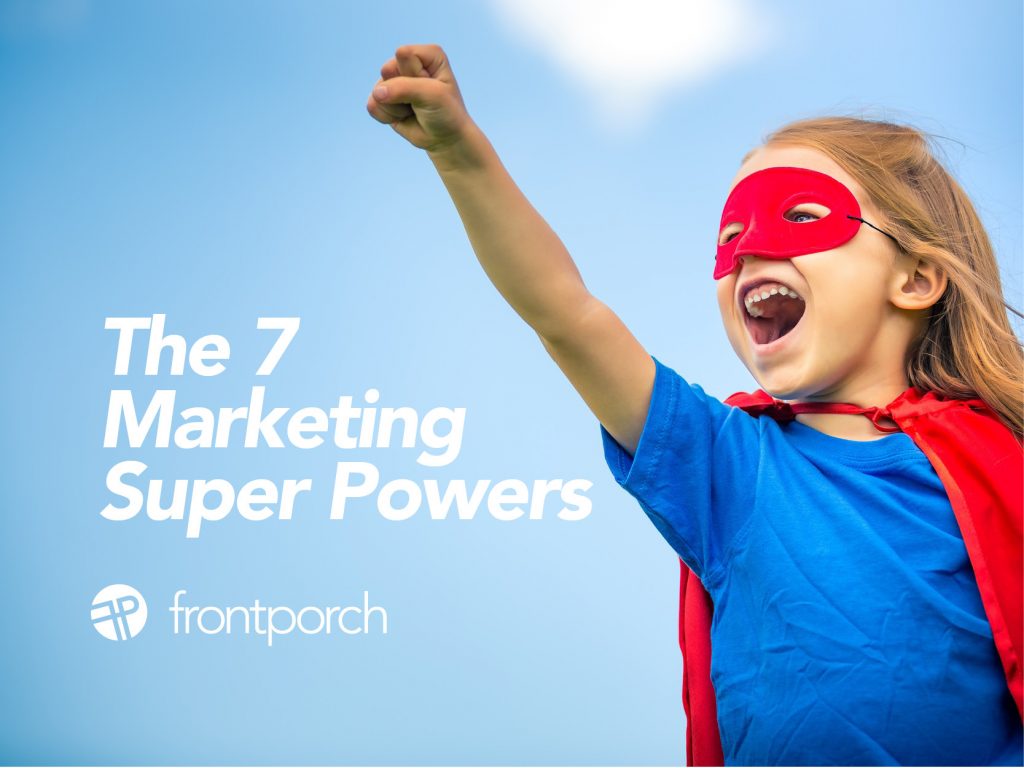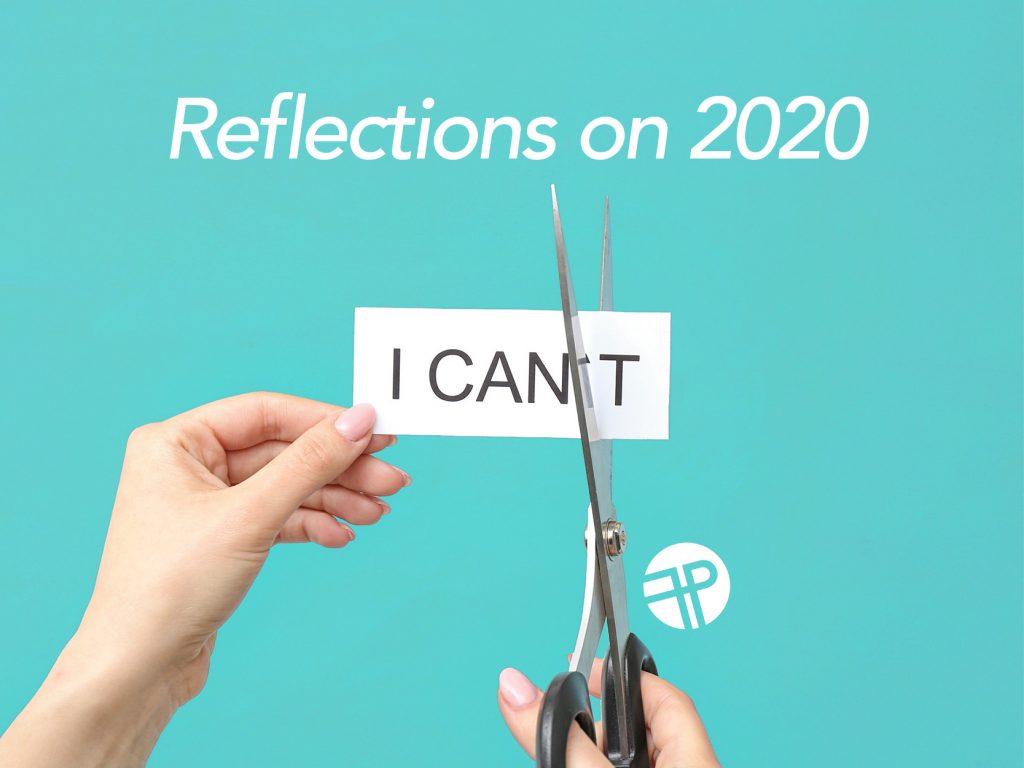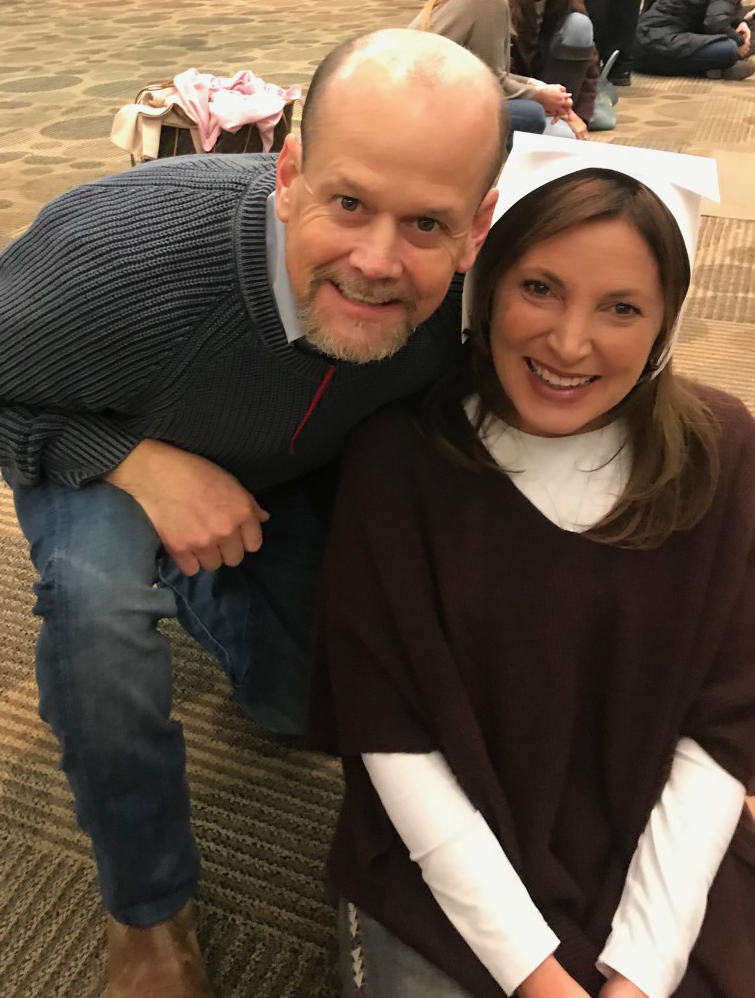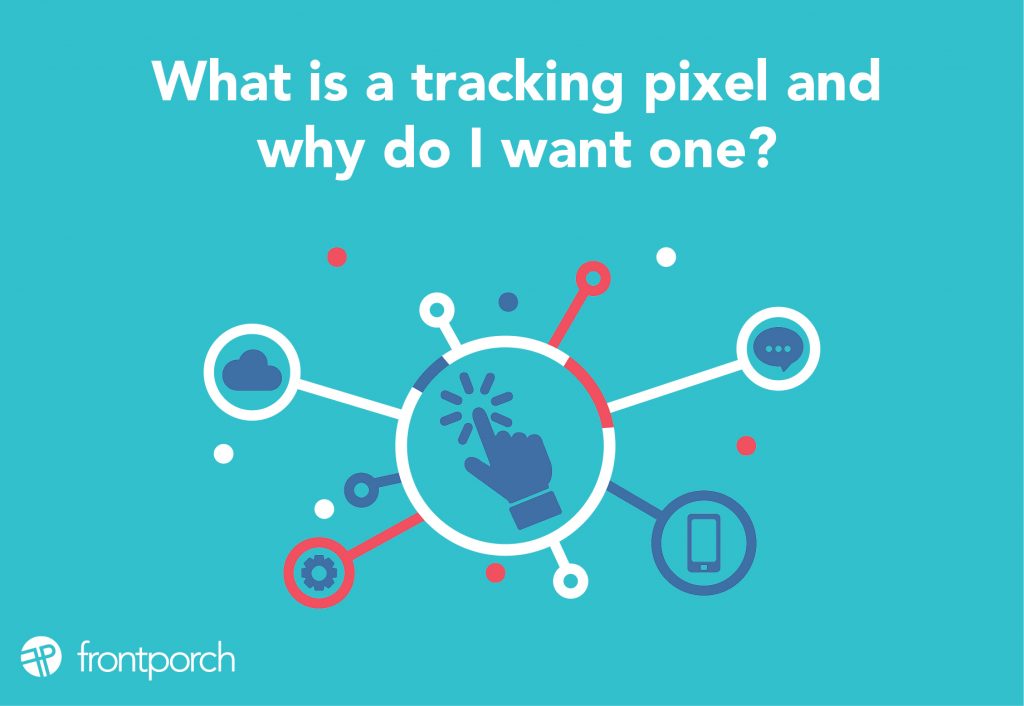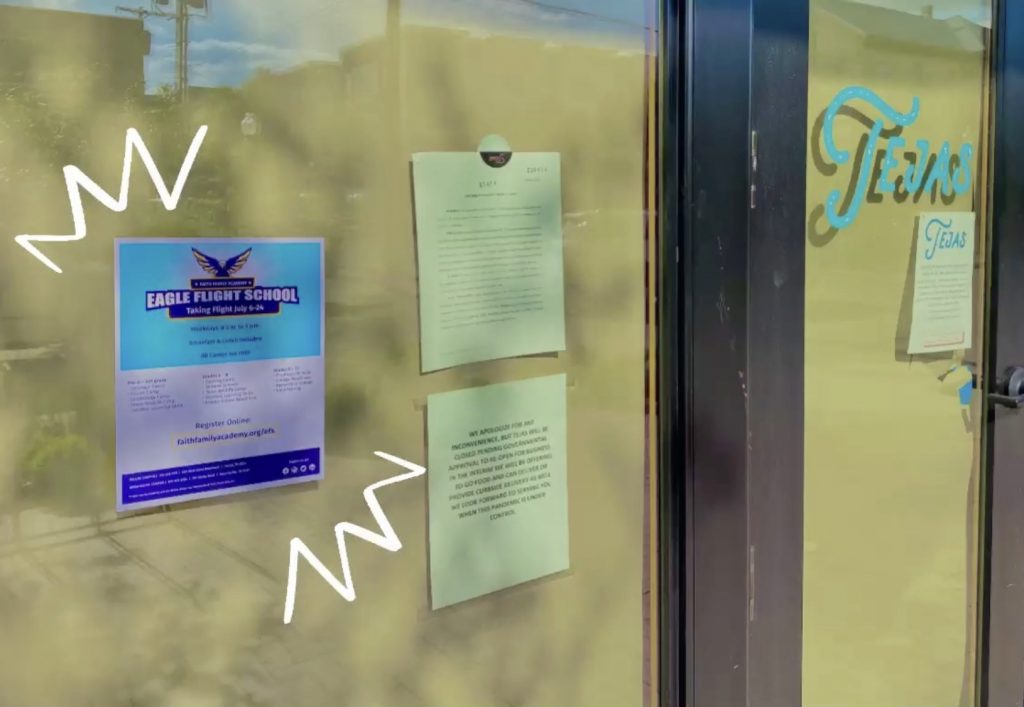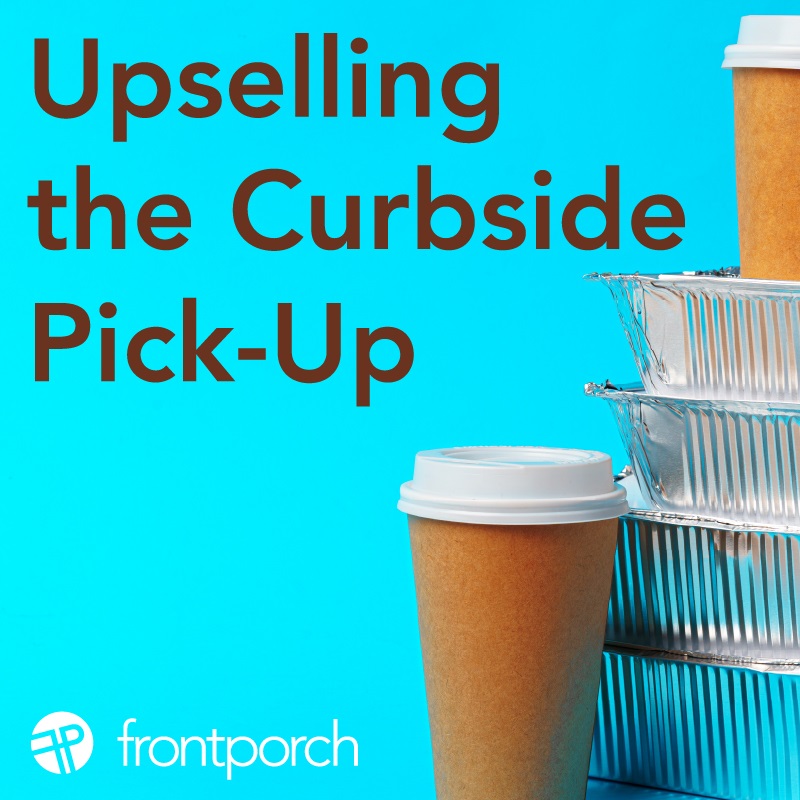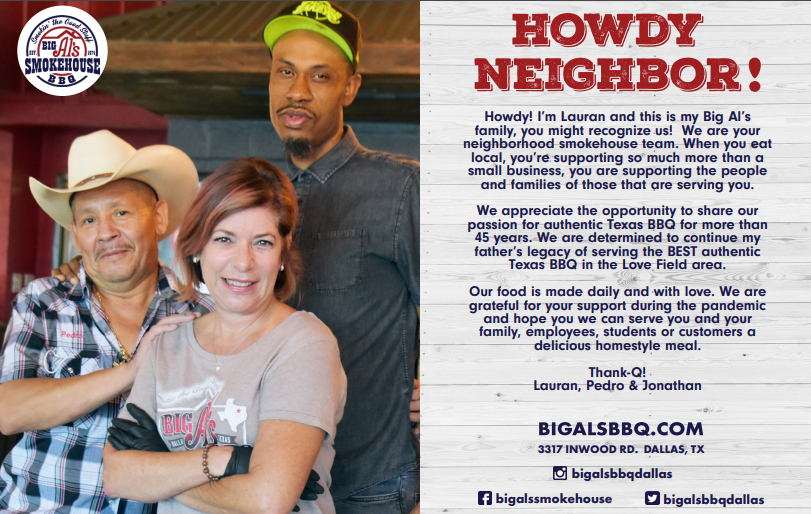
With Valentine’s Day fresh on our minds, let’s talk about how we can love upon our C.E.O.S. (Customers, Employees, Owners, and Suppliers). Most people shy away at the idea of expressing love in a professional context. However, by the end of this article, I hope that I’ll be able to reframe your mindset.
My own mindset shifted when I recently read The Servant by James C. Hunter. I was humbled, enlightened, and awe-struck at how simple yet empowering loving others can be. I started looking inward at how I express love and what that kind of love looks like outwardly.
If I were to ask you who you love in your life and how you show that love what would you say? Family? Friends? Hugs? Kisses? The answers are endless and the thought of being that personal and intimate with C.E.O.S. seems like a bizarre notion – which is completely understandable. Yet, when I talk about love I am not referring to the feeling of love. Instead, I am referring to the act of love.
The type of love that I want to focus on is agapé love. This type of love is shown through actions of service for others. Extend yourself for the needs of others. Become an active listener. Be present. It’s being intentional. Most importantly, it’s being a leader that embodies a servant heart.
The First Step
The first step towards embodying a servant heart is to think about other’s needs before your own. For our C.E.O.S. what does that look like? Would you be able to recount their needs and have them agree with what you said? There is a huge difference between wants and needs, yet in the business world, that gap becomes greatly nuanced. If you are constantly trying to meet the wants of everyone, that can quickly become a tiring and daunting task. “Wants” are grandiose and greedy in nature and as quickly as they’re met, more take their place.
On the other hand, if you are intentionally seeking to meet the needs of the C.E.O.S. and devoting time to understanding why those needs should be met, I assure you that both parties will come out victorious. A solid foundation, a blooming partnership, and a deposit in the emotional bank account will be the fruits of servicing your C.E.O.S. In other words, meeting a want can be a fleeting win but meeting a need can become a foundational victory.
The Second Step:
Being an active listener is the second step to loving upon your C.E.O.S. Who loves being ignored? No one. We live in a culture where being silenced is stifling and being expressive is stimulating. Communication thrives through the multitude of platforms that technology has given us: Facebook, FaceTime, instant messaging, Snapchat, Twitter – you name it – yet, these platforms have hindered us. We have become so reliant on being heard that the moment others try to speak, we are quick to counter or revert the attention back to the point we were making. In other words, it has become a norm to listen with the intent to speak instead of listening with the intent to listen.
If we take the time to practice active listening with our C.E.O.S. without a doubt, we will gain much more than just a business contract. For example, trust becomes fostered, patience is cultivated and respect is rewarded. In the words of James C. Hunter, “listening is probably our greatest opportunity to give attention to others on a daily basis and convey how much we value them,” (The Servant, pg. 106). This act of love is transformative in relationships. As a result, your C.E.O.S. truly sees that you value them.
The Third Step:
Being intentional is the third step to loving upon your C.E.O.S. Showing that you intentionally value others is a beautiful thing. You are letting them know that no matter what their title is, that you see them for who they are as a person. Moreover, by taking the time to understand who they are no matter where they are on the totem pole, you are making deposits into their emotional bank account and garnering respect.
Being intentional can start with small actions. For example, if you praise someone for doing something, be sure to be sincere and specific. Additionally, when you need to fix a problem, be sure to make the problem the focus, not the person. Lastly, if you’re having a conflict with a team member, try to see the conflict from their point of view. By incorporating intentional gestures into your everyday manner you will not only see a world of a difference in the people around you but you will feel it.
In Conclusion:
I urge you to love upon the C.E.O.S. in your life with these three steps in mind. In conclusion, go the extra mile to serve others, practice active listening, and be intentional with all that you do. If you have a favorite way to show love to those in your life, please share them with us in the comments below. We would love to get to know you and your heart for others! Above all, my hope for you today and every day is that you are shown love and empowered by the notion that to give is to receive.

